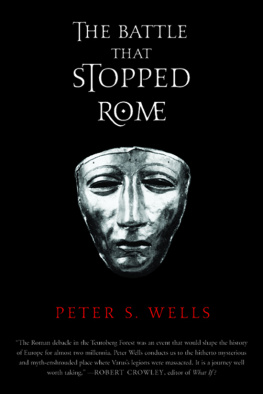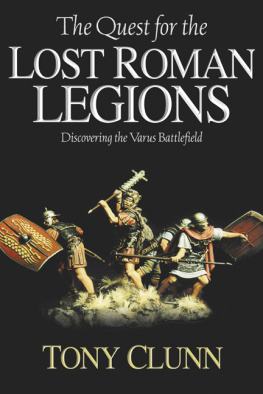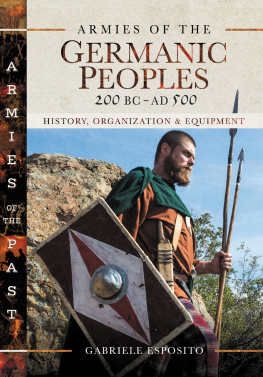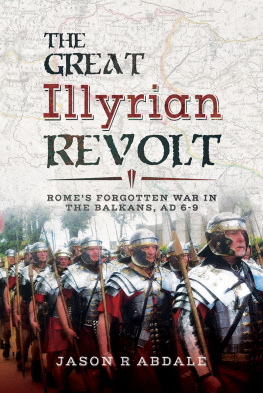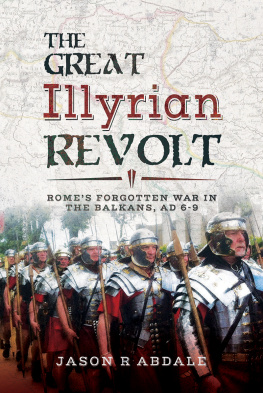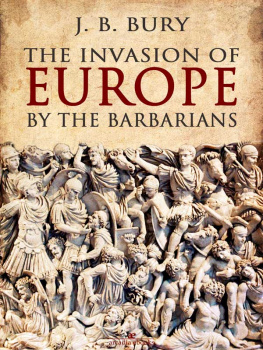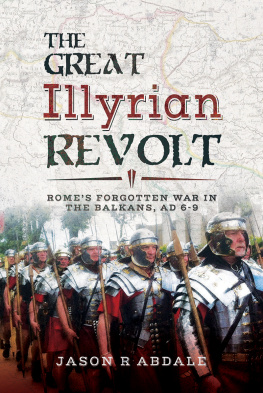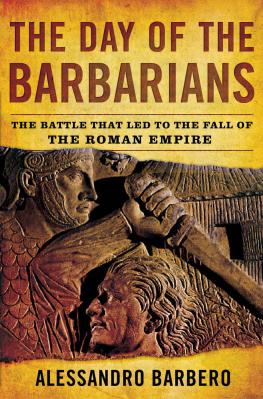Prince of the Cherusci. Arminius - The battle that stopped Rome: Emperor Augustus, Arminius, and the slaughter of the legions in the Teutoburg Forest
Here you can read online Prince of the Cherusci. Arminius - The battle that stopped Rome: Emperor Augustus, Arminius, and the slaughter of the legions in the Teutoburg Forest full text of the book (entire story) in english for free. Download pdf and epub, get meaning, cover and reviews about this ebook. City: London;New York;Germany;Teutoburg Forest;Westphalia;Rome;Rome (Empire, year: 2004, publisher: W. W. Norton & Company, genre: History. Description of the work, (preface) as well as reviews are available. Best literature library LitArk.com created for fans of good reading and offers a wide selection of genres:
Romance novel
Science fiction
Adventure
Detective
Science
History
Home and family
Prose
Art
Politics
Computer
Non-fiction
Religion
Business
Children
Humor
Choose a favorite category and find really read worthwhile books. Enjoy immersion in the world of imagination, feel the emotions of the characters or learn something new for yourself, make an fascinating discovery.
- Book:The battle that stopped Rome: Emperor Augustus, Arminius, and the slaughter of the legions in the Teutoburg Forest
- Author:
- Publisher:W. W. Norton & Company
- Genre:
- Year:2004
- City:London;New York;Germany;Teutoburg Forest;Westphalia;Rome;Rome (Empire
- Rating:4 / 5
- Favourites:Add to favourites
- Your mark:
The battle that stopped Rome: Emperor Augustus, Arminius, and the slaughter of the legions in the Teutoburg Forest: summary, description and annotation
We offer to read an annotation, description, summary or preface (depends on what the author of the book "The battle that stopped Rome: Emperor Augustus, Arminius, and the slaughter of the legions in the Teutoburg Forest" wrote himself). If you haven't found the necessary information about the book — write in the comments, we will try to find it.
The previously untold story of the watershed battle that changed the course of Western history.
In AD 9, a Roman traitor led an army of barbarians who trapped and then slaughtered three entire Roman legions: 20,000 men, half the Roman army in Europe. If not for this battle, the Roman Empire would surely have expanded to the Elbe River, and probably eastward into present-day Russia. But after this defeat, the shocked Romans ended all efforts to expand beyond the Rhine, which became the fixed border between Rome and Germania for the next 400 years, and which remains the cultural border between Latin western Europe and Germanic central and eastern Europe today.
This fascinating narrative introduces us to the key protagonists: the emperor Augustus, the most powerful of the Caesars; his general Varus, who was the wrong man in the wrong place; and the barbarian leader Arminius, later celebrated as the first German hero. In graphic detail, based on recent archaeological finds, the...
Prince of the Cherusci. Arminius: author's other books
Who wrote The battle that stopped Rome: Emperor Augustus, Arminius, and the slaughter of the legions in the Teutoburg Forest? Find out the surname, the name of the author of the book and a list of all author's works by series.

